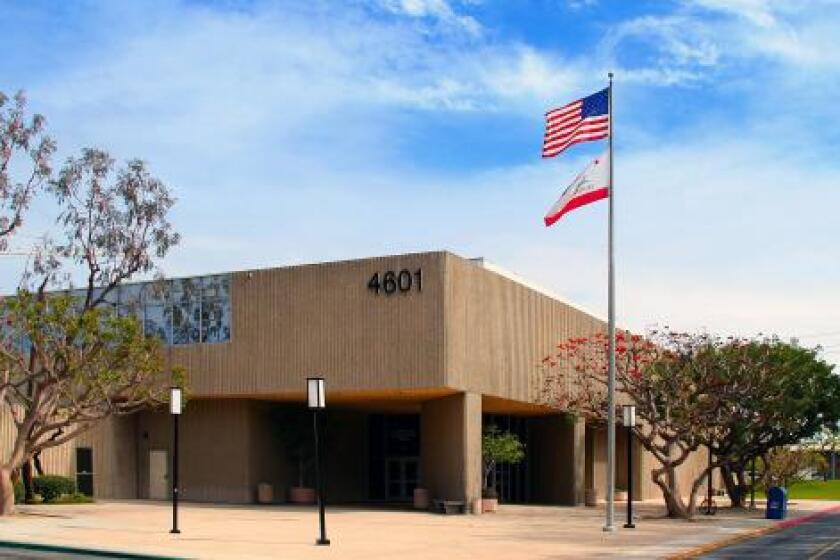Mailbag - Aug. 21, 2001
- Share via
Elephants work for their own conservation
That was a picture of my elephant, Kitty, that ran along with the Aug.
14 Mailbag item, “Animal ordinance would be sane choice.” It most
definitely would have been a sad choice to let animal rights activists
dictate whether or not a community can have access to animals for
education and entertainment.
Kitty is well-loved, well-trained and well cared for. She lives on a
ranch in Perris where she and our other elephants participate in research
projects, conservation efforts and a breeding program to help save
elephants and keep them healthy.
The income produced from the shows, rides, parades and fairs our
elephants participate in fund these conservation activities. We do not
accept donations and are not subsidized by the government. We earn this
money to spend on elephants and elephant projects because we love
elephants.
Kitty and the other elephants are ambassadors for their species. They
give the public a chance to get close to something as exotic as an Asian
elephant right in their own community. This interaction helps people
learn and learn to care. For a special interest group to try to step in
and take this away is not right.
KARI JOHNSON
Perris
* EDITOR’S NOTE: Kari Johnson and her husband, Gary, own the Have
Trunk Will Travel elephant compound in Perris.
Fair should reexamine its animal uses
The saddest thing about Becky Bailey-Findley’s letter defending bull
riding as “quality family fun and entertainment in a safe environment”
(Mailbag, “Animal mistreatment charge is a lot of bull,” Thursday) is
that I’m certain she actually believes what she says.
Rodeo is a popular and profitable sport with enough articulate
defenders and reassuring propaganda that even well-meaning animal lovers
can be led to overlook what’s so obviously inhumane about it.
Bailey-Findley said that a rodeo bull bucks “because it wants to,” and
pointed out that it would flee rather than buck if it were in pain.
That’s a rather questionable use of the word “want” -- surely I too would
“want” to buck if I were shoved through a chute with a flailing member of
another species strapped to my back against my will. And as any rodeo
veteran knows, when the bull’s innate “wanting” to buck isn’t enough,
flank straps and occasionally electric prods are used as motivation. Be
assured that bulls don’t just buck recreationally; they do so out of
discomfort and panic that is often induced on purpose to provide a more
dramatic spectacle for the crowd.
Bull riding, like virtually all rodeo events, is an event designed
with human thrill-seeking -- not animal well-being -- in mind. As the
Humane Society of the United States puts it in its official position
against rodeo as sport: “Indifference to the welfare of these animals is
built into the system of rodeo judging: a contestant’s score is based on
how long he/she can ride an unwilling animal or how quickly he/she can
overpower an animal (the force of whose resistance actually adds to the
contestant’s score).”
If the Orange County Fair really wants to be recognized for its
“humane treatment of animals,” it needs to take a hard look not only at
its bull-riding events, but also at its elephant-riding booth and many of
its farmyard exhibits. As it stands, the fair is, in most cases, doing
only the minimum to ensure its animals’ safety while reinforcing the
notion that animals are merely items to be exploited for human
entertainment.
ELIZA RUBENSTEIN
Costa Mesa
All the latest on Orange County from Orange County.
Get our free TimesOC newsletter.
You may occasionally receive promotional content from the Daily Pilot.



